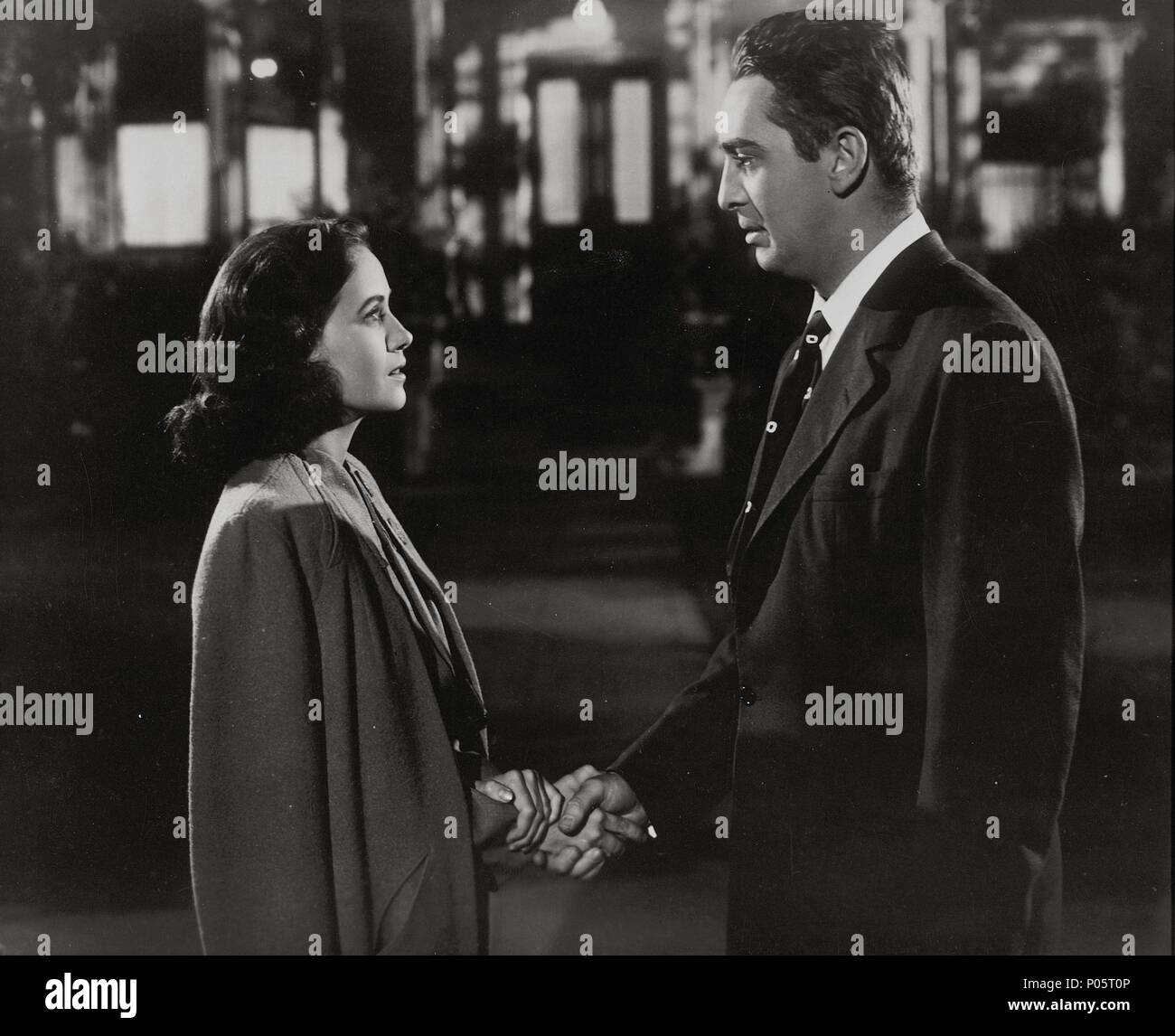


After the credits, the waltz scene dissolves into a shot of a bridge and the flowing river underneath, then to a shot of old, broken down car parts–metaphorical props which cue the ever-changing advancements in technology–deserted at the river’s edge and then finally to a shot of a side street where children are playing that once more dissolves into a window…into Charlie “Spenser’s” world.įollowing the scene pictured above, Charlie puts the slip on investigators and runs to telegram his sister.

The very beginning of the film Hitchcock connects the dark city to the safe haven of suburbia by juxtaposing the portrayal of each. Hitchcock destroys this ignorant ideology by taking a city dweller who has witnessed and thrived within the dark cities that are innate to film noir, and placing him, Charlie, into the suburban town of Santa Rosa, CA, in the house of his elder sister and her picturesque American family. Shadow of a Doubt uses the framework of a Gothic novel to depict the false facade of security and stability within American culture. Even though the film does not contain the genre-defining aspects such as the anti-hero protagonist, the femme fatale, and the dark, suffocating, and contagious corruption of urban life, Hitchcock’s thriller is praised for its influence upon film noir, and rightfully so. Alfred Hitchcock’s phenomenal film, Shadow of a Doubt (1943), starring Teresa Wright and Joseph Cotten, explores a wide range of themes including: the dangerous ignorance of American ideals, specifically family life, and the negative side to advancements in technology and industry.


 0 kommentar(er)
0 kommentar(er)
